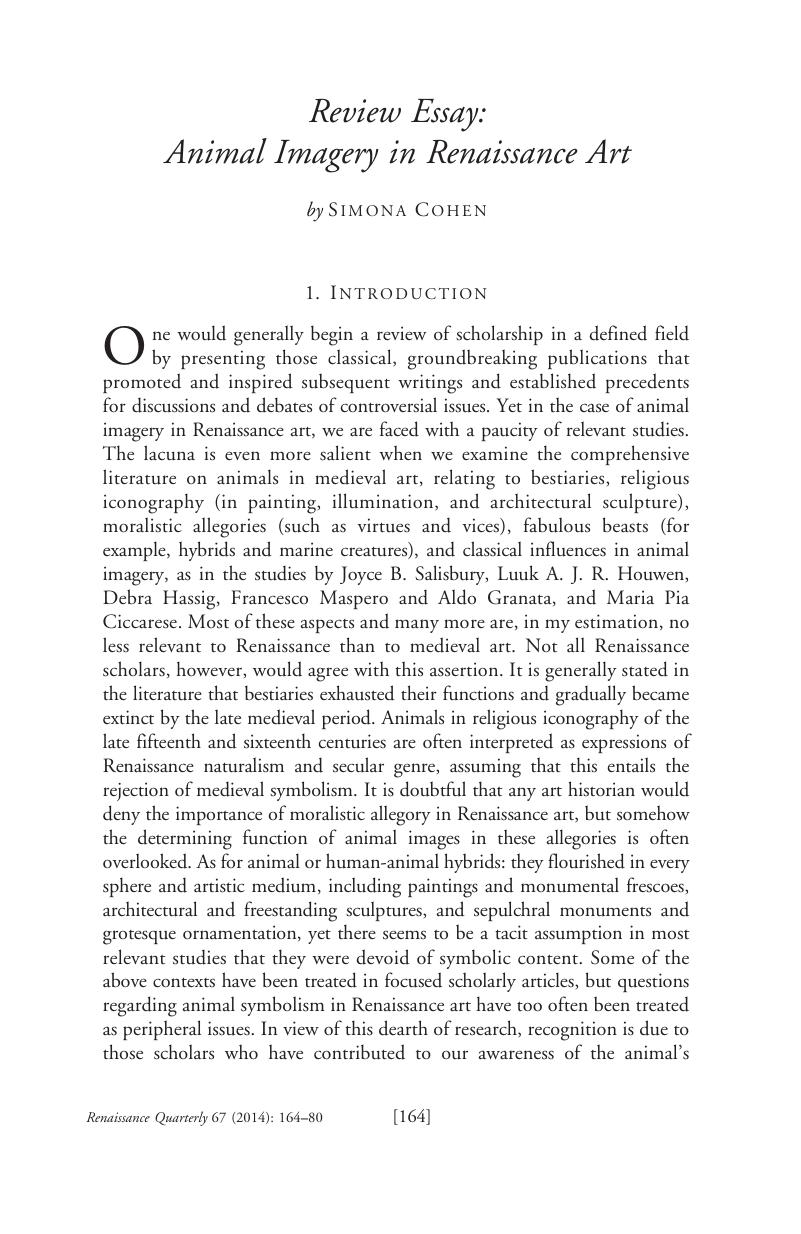Crossref Citations
This article has been cited by the following publications. This list is generated based on data provided by Crossref.
Bottura Scardina, Silvia
Themudo Barata, Filipe
Nogueira Alves, Alice
and
Miguel, Catarina
2020.
Image processing methods integrated to imaging and material characterisation for the study of incunabula illustrations: an innovative multi-analytical approach on a case-study.
Ge-conservacion,
Vol. 18,
Issue. 1,
p.
362.
Yenigeldi, Merve
2024.
Hieronymus Bosch'un "Dünyevi Zevkler Bahçesi" Triptiğindeki Hayvan İmgeleri.
Sanat Yazıları,
p.
456.



